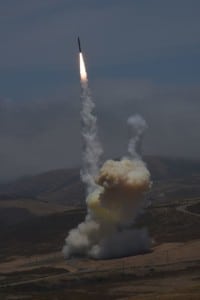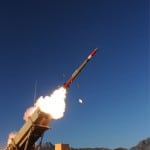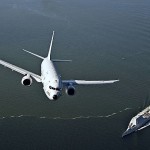
Lockheed Martin [LMT] said it is teaming up with Aerojet Rocketdyne [AJRD] in the competition for the Next Generation Interceptor (NGI) for the Missile Defense Agency’s (MDA) Ground-based Midcourse Defense (GMD) system. The NGI program will replace the Redesigned Kill Vehicle (RKV) that the Defense Department canceled in 2019 year due to technical issues causing significant schedule and cost increases (Defense Daily, Aug. 21). Lockheed Martin initially confirmed it put in a bid for NGI in August when it said it is…

 By
By 











